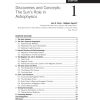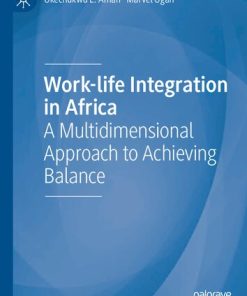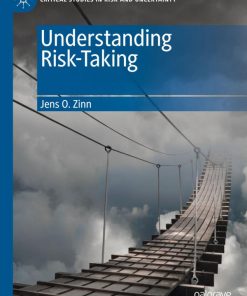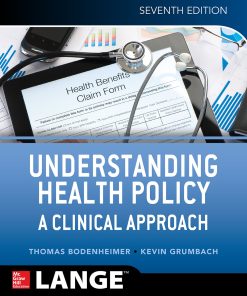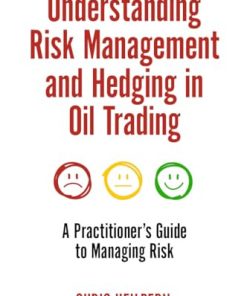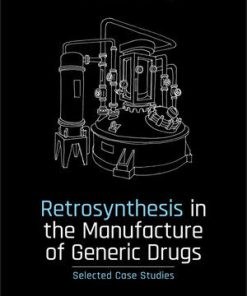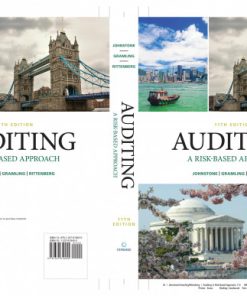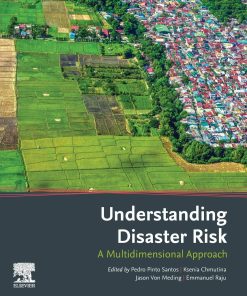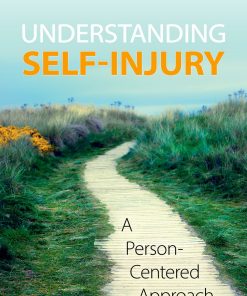(EBOOK PDF)Understanding Disaster Risk A Multidimensional Approach 1st Edition by Pedro Pinto Santos, Ksenia Chmutina 9780128190487 0128190485 full chapters
$50.00 Original price was: $50.00.$25.00Current price is: $25.00.
Understanding Disaster Risk A Multidimensional Approach 1st Edition by Pedro Pinto Santos, Ksenia Chmutina – Ebook PDF Instant Download/Delivery: 9780128190487, 0128190485
Full download Understanding Disaster Risk A Multidimensional Approach 1st Edition after payment
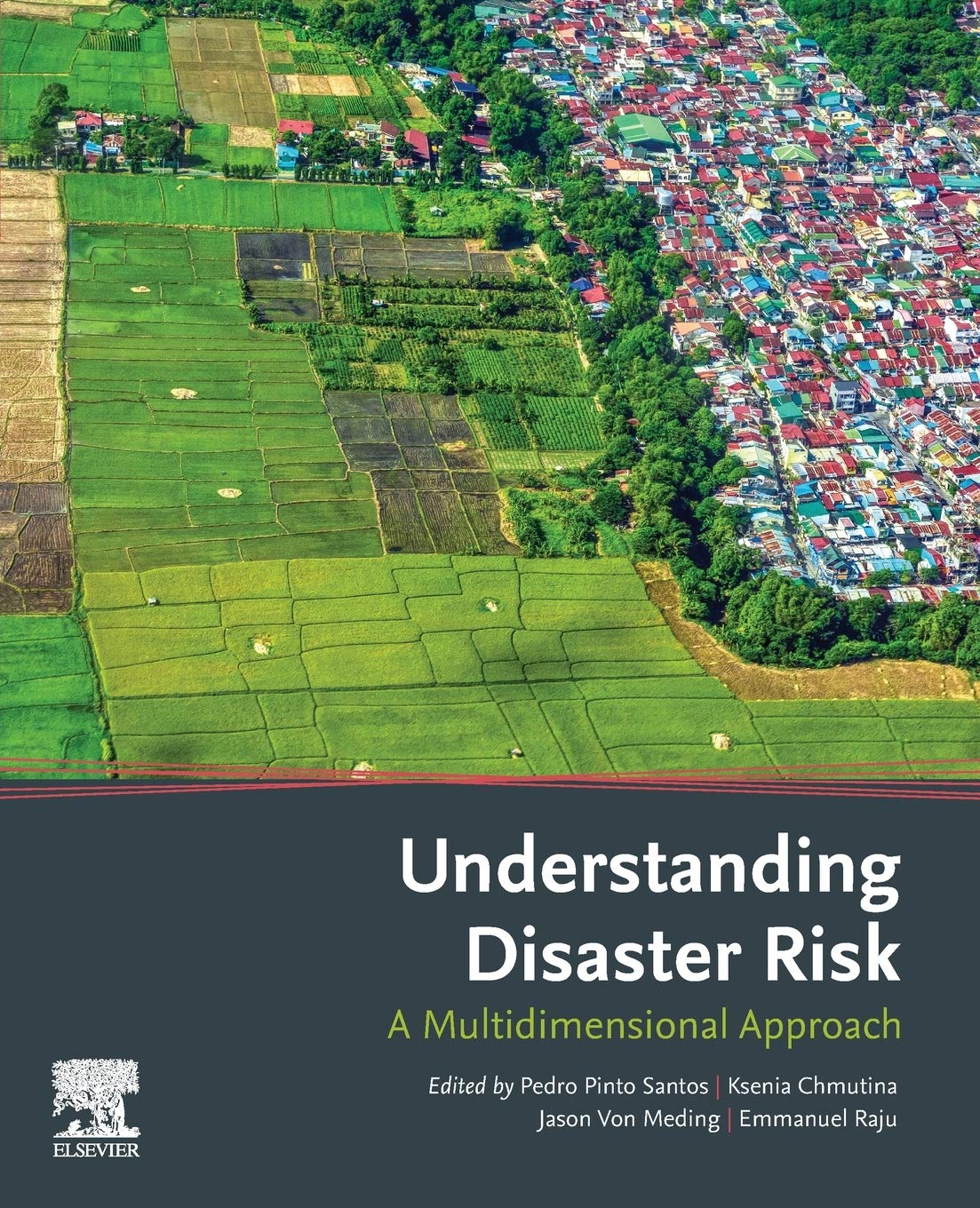
Product details:
• ISBN 10:0128190485
• ISBN 13:9780128190487
• Author:Pedro Pinto Santos, Ksenia Chmutina
Understanding Disaster Risk
A Multidimensional Approach
Understanding Disaster Risk: A Multidimensional Approach presents the first principle from the UNISDR Sendai Framework for Disaster Risk Reduction, 2015-2030. The framework includes a discussion of risk and resilience from both a theoretical and governance perspective in light of ideas that are shaping our common future. In addition, it presents innovative tools and best practices in reducing risk and building resilience. Combining the applications of social, financial, technological, design, engineering and nature-based approaches, the volume addresses rising global priorities and focuses on strengthening the global understanding of vulnerability, displaced communities, cultural heritages and cultural identity.
Readers will gain a multifaceted understanding of disaster, addressing both historic and contemporary issues. Focusing on the various dimensions of disaster risk, the book details natural and social components of risk and the challenges posed to risk assessment models under the climate change paradigm.
Understanding Disaster Risk A Multidimensional Approach 1st Table of contents:
Chapter 0.1: Resilience in the Anthropocene
Abstract
0.1.1: Introduction
0.1.2: Methodology
0.1.3: Results
0.1.4: Discussion
0.1.5: Final considerations
Section 1: Risk Assessment
Chapter 1.1: Bridging two cultures of fire risk at the wildland-urban interface: The case of Haifa, Israel
Abstract
Acknowledgments
1.1.1: Introduction
1.1.2: Studying forest fires at the WUI in Haifa
1.1.3: Results
1.1.4: Discussion
1.1.5: Conclusions
Chapter 1.2: A review of flood vulnerability indices for coastal cities
Abstract
1.2.1: Introduction
1.2.2: Methods
1.2.3: Results and discussion
1.2.4: Conclusion
Chapter 1.3: Damaging flood risk in the Portuguese municipalities
Abstract
Acknowledgments
1.3.1: Introduction
1.3.2: Study area
1.3.3: Data and methods
1.3.4: Results
1.3.5: Discussion
1.3.6: Conclusions
Chapter 1.4: Social vulnerability to drought in rural Malawi
Abstract
1.4.1: Introduction
1.4.2: Hydrohazards in Malawi
1.4.3: Methods
1.4.4: Results
1.4.5: Discussion
1.4.6: Conclusions
Chapter 1.5: Urban metabolism and land use optimization: In quest for modus operandi for urban resilience
Abstract
1.5.1: Introduction
1.5.2: Resilience thinking
1.5.3: Urban metabolism
1.5.4: Method of assessment
1.5.5: Case studies: Objectives, calculations, and discussion
1.5.6: Assessment and discussion
1.5.7: Conclusions
Chapter 1.6: A comparative analysis of social indicators from the vulnerability cartography between Bragança Paulista and Campos do Jordão (São Paulo—Brazil)
Abstract
Acknowledgments
1.6.1: Introduction
1.6.2: Literature review
1.6.3: Material and methods
1.6.4: Results and discussion
1.6.5: Final remarks
Section 2: Prevention
Chapter 2.1: Developing guidelines for increasing the resilience of informal settlements exposed to wildfire risk using a risk-based planning approach
Abstract
2.1.1: Introduction
2.1.2: Examining and improving the risks in one informal settlement: Agüita de la Perdiz, Concepción, Chile
2.1.3: Transferability to other settlements facing wildfire risks
2.1.4: Conclusion
Chapter 2.2: Analyzing city-scale resilience using a novel systems approach
Abstract
Acknowledgments
2.2.1: Introduction
2.2.2: Method
2.2.3: Results
2.2.4: Discussion
2.2.5: Conclusion
Appendix: Full abstraction hierarchy
Section 3: Mitigation
Chapter 3.1: Disaster risk reduction beyond command and control: Mapping an Australian wildfire from a complex adaptive systems’ perspective
Abstract
Acknowledgments
3.1.1: Introduction
3.1.2: Methodology
3.1.3: Resilience, disaster risk reduction, natural hazard mitigation, and emergency management
3.1.4: The Wye River-Jamieson Track Wildfire
3.1.5: Discussion
3.1.6: Conclusions
Section 4: Preparedness
Chapter 4.1: Resilience work in Swedish local governance: Evidence from the areas of climate change adaptation, migration, and violent extremism
Abstract
4.1.1: Introduction
4.1.2: Resilience and the Swedish context
4.1.3: The Swedish case: MunicipalitiesccWe use the terms local authority, local government and municipality interchangeably in this chapter.
4.1.4: Research design
4.1.5: Results
4.1.6: Conclusions and avenues for further research
Chapter 4.2: Another take on reframing resilience as agency: The agency toward resilience (ATR) model
Abstract
4.2.1: Introduction
4.2.2: From systems to social entities and their capacities
4.2.3: Why asset-based approaches might not be enough
4.2.4: Three findings from the debate on social resilience
4.2.5: The best of both worlds—Reframing resilience as agency
4.2.6: Reflecting the ATR model
4.2.7: Conclusions
Chapter 4.3: Risk management for forest fires at a world heritage site: Vulnerability and response capacity by Rapa Nui indigenous community
Abstract
4.3.1: Introduction
4.3.2: Methodology
4.3.3: Anthropologic context
4.3.4: Stakeholders for risk management
4.3.5: Threats affecting the site
4.3.6: Case study: The forest fire of September 2017
4.3.7: Results
4.3.8: Conclusions
Chapter 4.4: A people-centered approach to program design: Unpacking risks and vulnerabilities in Darfur, Sudan
Abstract
Acknowledgments
Disclaimer
4.4.1: Introduction
4.4.2: Background on the context
4.4.3: Methodology
4.4.4: Results and discussion
4.4.5: Conclusions and recommendations
Section 5: Response
Chapter 5.1: Understanding collective action through social media-based disaster data analytics
Abstract
Acknowledgments
5.1.1: Introduction
5.1.2: Literature review
5.1.3: Framework
5.1.4: Case of study: Sandy 2012
5.1.5: Findings
5.1.6: Conclusions
Chapter 5.2: Exploring alternative livelihood in oil-spill impacted communities: A Nigerian perspective
Abstract
5.2.1: Introduction
5.2.2: Oil-spill environmental hazards
5.2.3: Adaptation for livelihood
5.2.4: Livelihood and sustainable livelihood concept
5.2.5: Method
5.2.6: Study area
5.2.7: Report and discussions
5.2.8: Alternative livelihood contributions to socioeconomic and sociocultural development
5.2.9: Conclusions, recommendations, and implications
Index
People also search for Understanding Disaster Risk A Multidimensional Approach 1st:
understanding disaster risk
activity 1.4 understanding disaster risk
priority 1 understanding disaster risk
what is one key factor in understanding disaster risk
which factor is not considered when understanding disaster risk
Tags:
Understanding Disaster,A Multidimensional Approach,Pedro Pinto Santos, Ksenia Chmutina
You may also like…
Business & Economics - Management & Leadership
Religion & Spirituality - Religious Studies
Business & Economics - Management & Leadership
Relationships & Lifestyle - Personal Growth & Inspiration
Chemistry - Organic Chemistry
Retrosynthesis in the Manufacture of Generic Drugs Pedro Paulo Santos
Biography & Autobiography - Business & Finance
Auditing: A Risk Based-Approach 11th Edition Johnstone-Zehms
Science (General)
Relationships & Lifestyle - Personal Growth & Inspiration
Understanding Self-injury. A Person-Centered Approach 1st Edition Stephen P. Lewis


